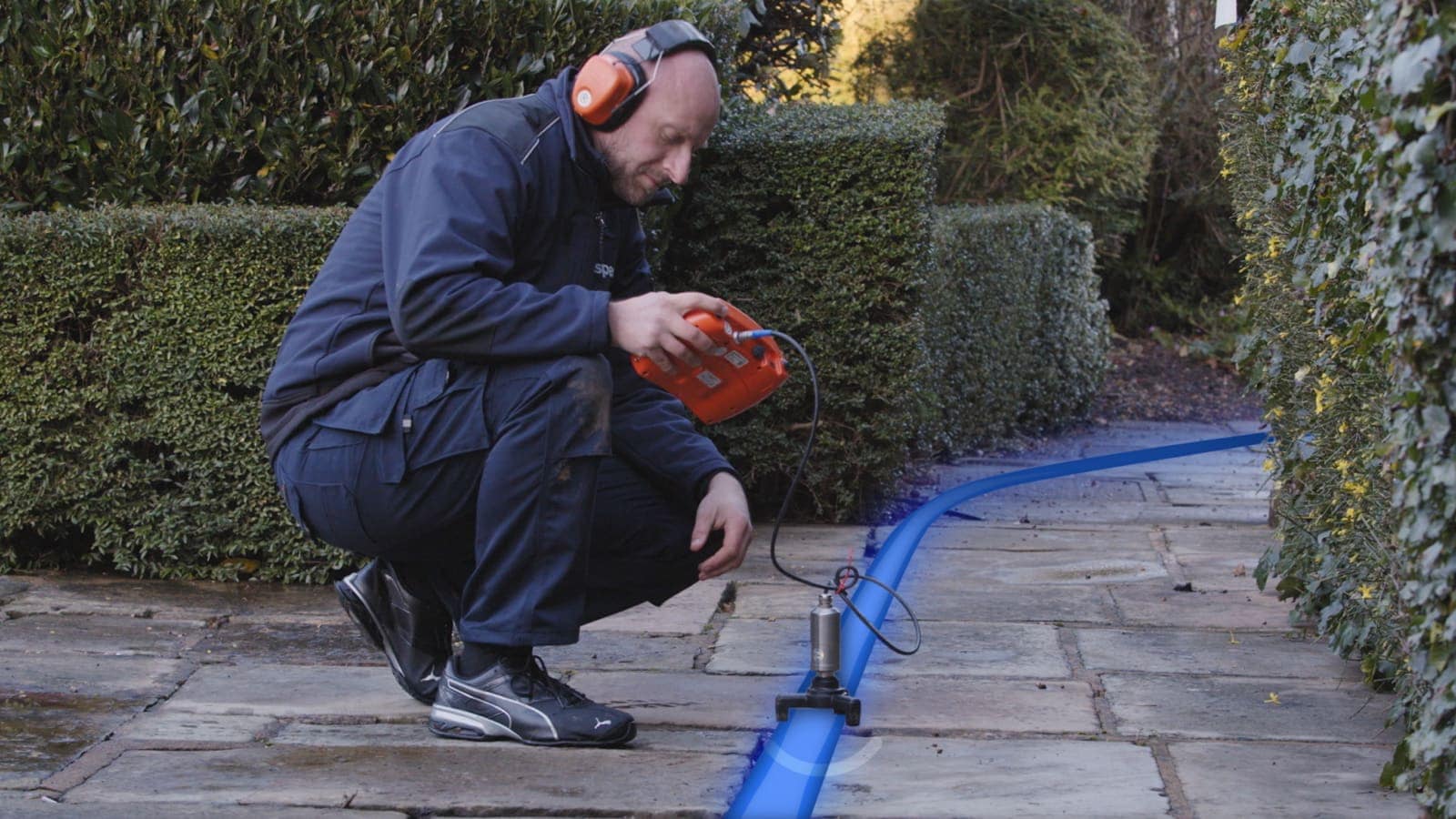The Significance of Regular Water Leak Detection for Long-Term Home Security
The Significance of Regular Water Leak Detection for Long-Term Home Security
Blog Article
Innovative Solutions for Early Discovery of Water Leakages in Buildings and Infrastructure
From sophisticated leak discovery modern technologies to the release of IoT sensing units for real-time tracking, the landscape of leakage prevention is advancing swiftly. Automated water flow evaluation systems are improving exactly how leakages are recognized and attended to, leading the method for an aggressive strategy to water leak detection.
Advanced Leak Discovery Technologies
Advanced leakage detection modern technologies, furnished with cutting-edge sensors and algorithms, play an essential role in swiftly determining and identifying water leakages in various settings. These modern technologies utilize a mix of acoustic, thermal, and electromagnetic sensing techniques to spot leakages accurately. Acoustic sensors find the noise of running away water, enabling precise localization of the leak resource. Thermal imaging finds temperature level adjustments brought on by water leak, supplying one more effective approach for leakage identification. Electro-magnetic sensing units can identify modifications in magnetic fields brought on by water, offering yet an additional layer of leak detection capability.

IoT Sensors for Real-Time Surveillance
In the realm of contemporary water leakage discovery, the assimilation of IoT sensors for real-time monitoring represents a critical innovation in enhancing proactive leak detection abilities. These sensing units supply continuous tracking of water supply, giving real-time data on water flow rates, pressure variations, and temperature modifications. By leveraging IoT innovation, these sensing units can identify also the tiniest abnormalities in water use patterns, making it possible for very early recognition of potential leaks prior to they escalate into major concerns.
IoT sensing units transfer information to a central platform, where sophisticated algorithms evaluate the information and generate alerts or notifications when irregularities are spotted. This real-time monitoring capability allows residential property proprietors or facility managers to quickly attend to leaks, reducing water damage, lowering repair service expenses, and conserving water resources.
Additionally, IoT sensors can be incorporated with structure administration systems, allowing for computerized feedbacks to found leaks, such as closing off water shutoffs or turning on pumps to alleviate the impact of leakages. Generally, the implementation of IoT sensing units for real-time tracking considerably boosts the efficiency and efficiency of water leakage detection in buildings and facilities.
Artificial Intelligence Algorithms for Leakage Forecast

One secret advantage of using artificial intelligence for leak forecast is its capability to constantly learn and improve its precision in time. As more information is collected and fed right into the algorithm, it can refine its predictions and adjust to transforming conditions, inevitably enhancing the reliability of leakage detection systems.
Moreover, equipment discovering algorithms can assist in identifying refined signs of leakages that might go unnoticed by standard surveillance techniques. water leak detection. By analyzing complicated information sets in real-time, these formulas can offer very early cautions and signals, permitting timely treatment and precautionary maintenance to alleviate possible water damage and linked costs
Using Thermal Imaging for Leakage Detection
Thermal imaging technology provides an appealing technique for identifying water leaks in various systems and infrastructures. By making use of infrared radiation and browse around this site temperature level variances, thermal imaging cameras can identify covert leaks that are not easily visible to the naked eye.
Among the essential advantages of thermal imaging for leak detection is its non-intrusive nature. Unlike traditional methods that might call for getting into wall surfaces or floors to situate leakages, thermal imaging permits non-destructive screening. This not just conserves time and minimizes expenses but likewise minimizes disruption to the structure or infrastructure being assessed. In addition, thermal imaging can promptly check big areas, providing an extensive summary of potential leakage resources in a timely manner. Overall, using thermal imaging modern technology improves the efficiency and precision of water leakage detection, making it a valuable device for preserving the stability of structures and frameworks.
Automated Water Circulation Evaluation Systems
Just how can automatic water circulation analysis systems change the detection and monitoring of leakages in numerous systems and infrastructures? Automated water circulation evaluation systems use an aggressive technique to leakage discovery by continuously keeping track of water circulation rates and patterns. By developing standard data, these systems can promptly identify discrepancies that might indicate a leak, making it possible for timely treatment to prevent considerable damage.
These systems use innovative algorithms to examine real-time data and offer prompt alerts when anomalies are identified, enabling quick action to be taken. Furthermore, automated water circulation evaluation systems can be incorporated with building monitoring systems or IoT platforms, boosting overall performance and enabling remote tracking abilities.
Additionally, the data gathered by these systems can be used for anticipating upkeep objectives, aiding to recognize possible weak factors in the framework prior to leaks occur. Generally, the execution of automated water circulation evaluation systems can dramatically boost leakage discovery and administration practices, ultimately resulting in cost savings, lowered water wastefulness, and boosted sustainability in buildings and infrastructure.

Final Thought
To conclude, the assimilation of advanced leak detection modern technologies, IoT sensors, equipment knowing algorithms, this article thermal imaging, and automated water flow analysis systems provides innovative services for early sites detection of water leakages in buildings and framework. These technologies enable real-time monitoring, prediction of leakages, and reliable discovery approaches to avoid water damages and wastefulness. Executing these options can assist in keeping the integrity and sustainability of water supply in various settings.
Report this page